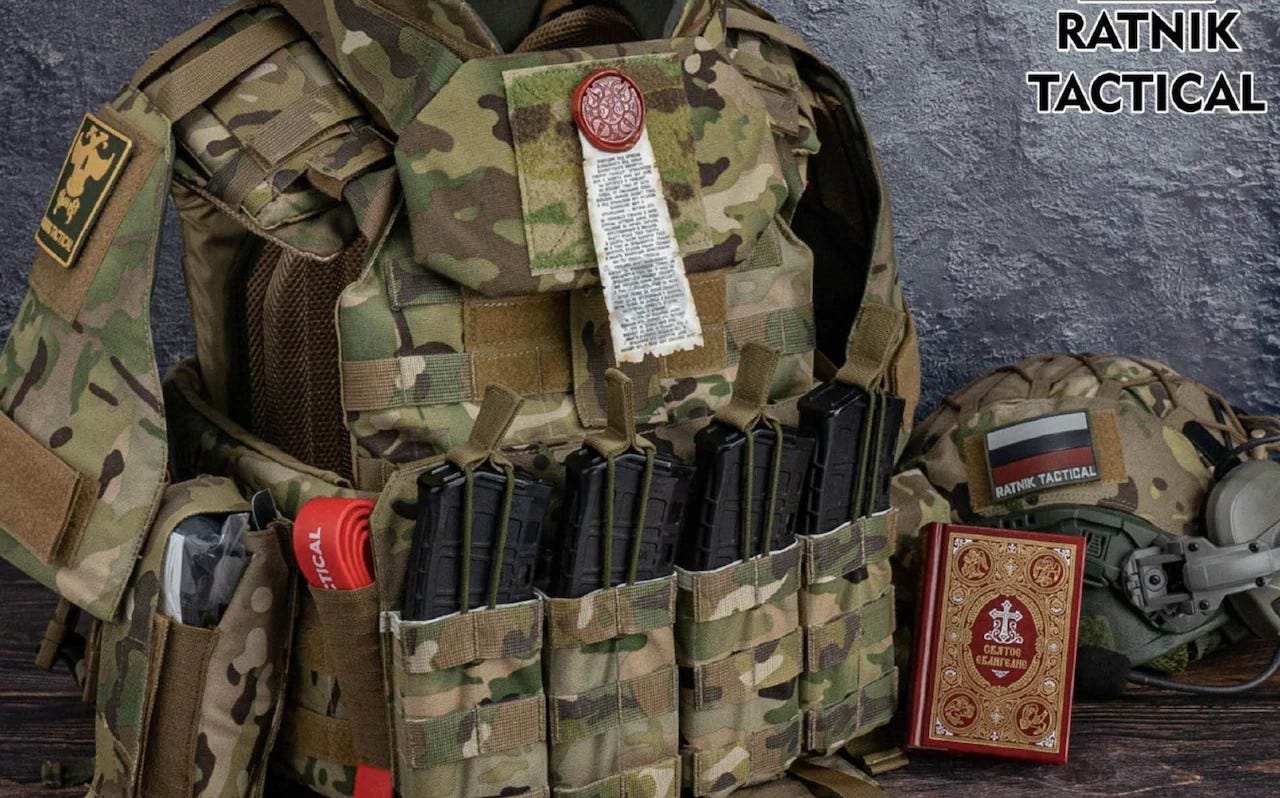Russian Soldiers are Wearing Warhammer 40K-Inspired Talismans in Ukraine
Why do symbols from this tabletop strategy game keep showing up on the Ukrainian battlefield?

Russian soldiers are being equipped with “purity seals”—small, Warhammer 40,000-inspired amulets blessed by Orthodox priests to supposedly shield them from bullets on the Ukrainian front.
Yes, you read that correctly: tiny holy scrolls that seem pluck…
Keep reading with a 7-day free trial
Subscribe to Eyes Only by Wes O'Donnell to keep reading this post and get 7 days of free access to the full post archives.




